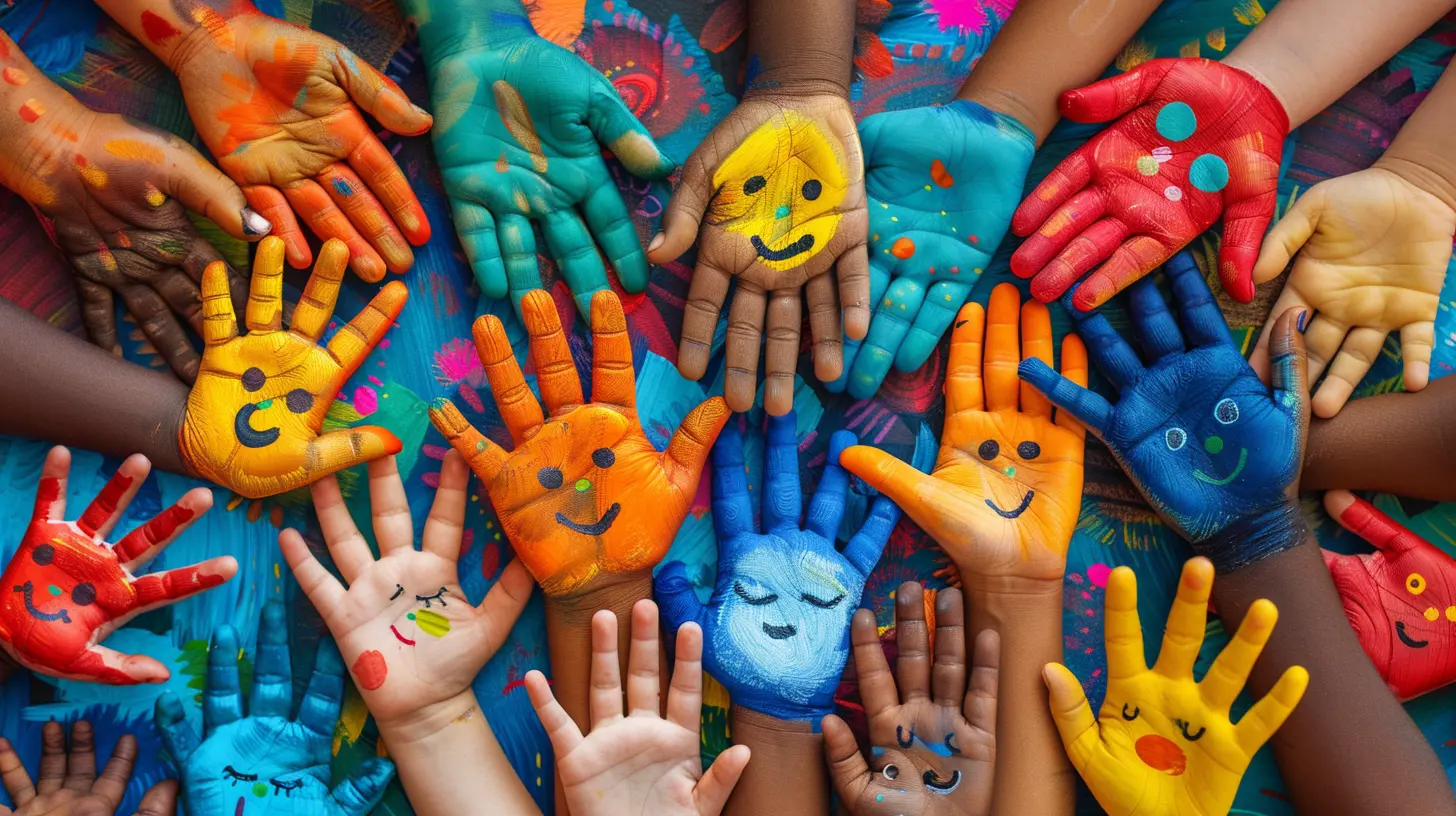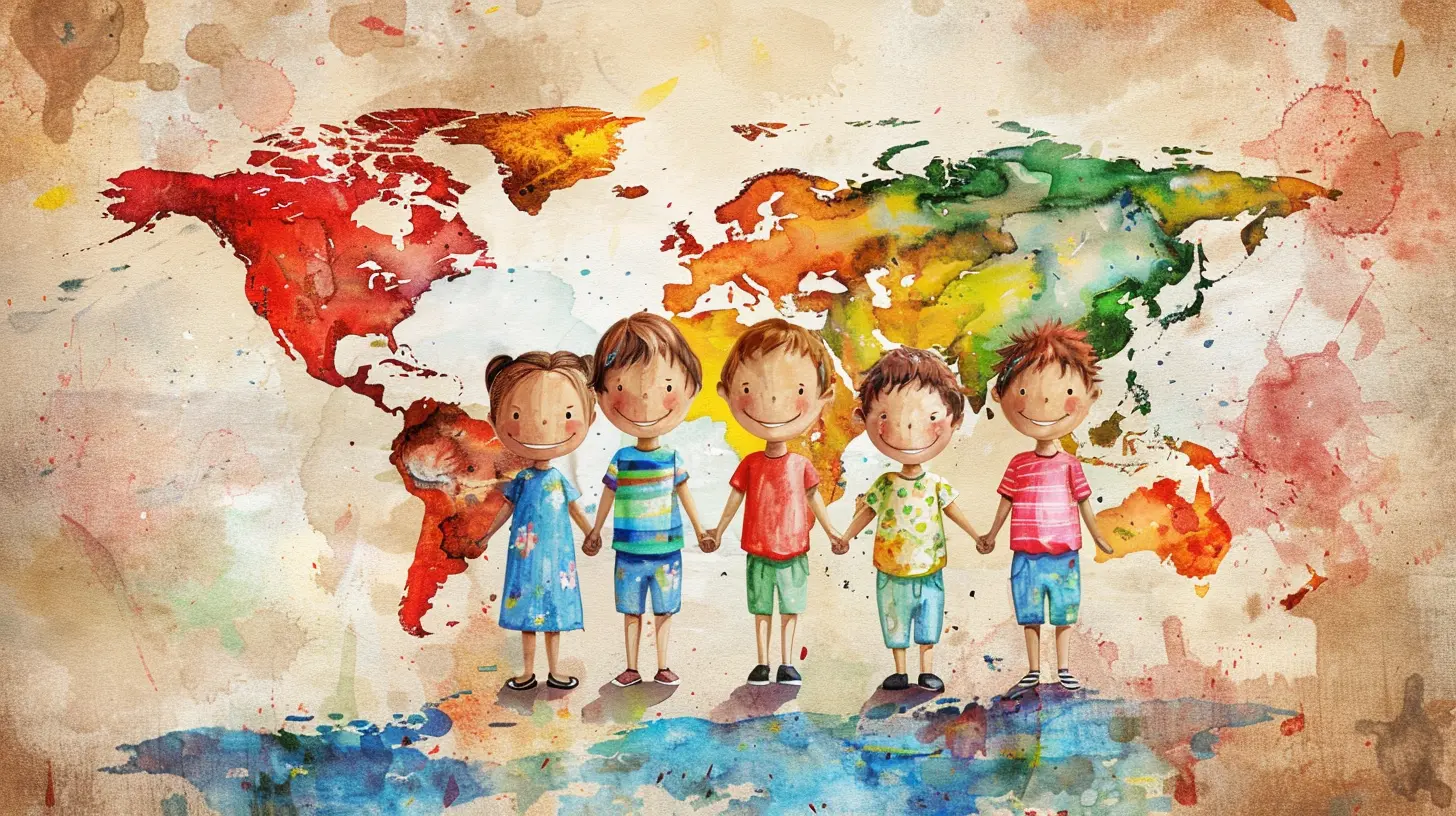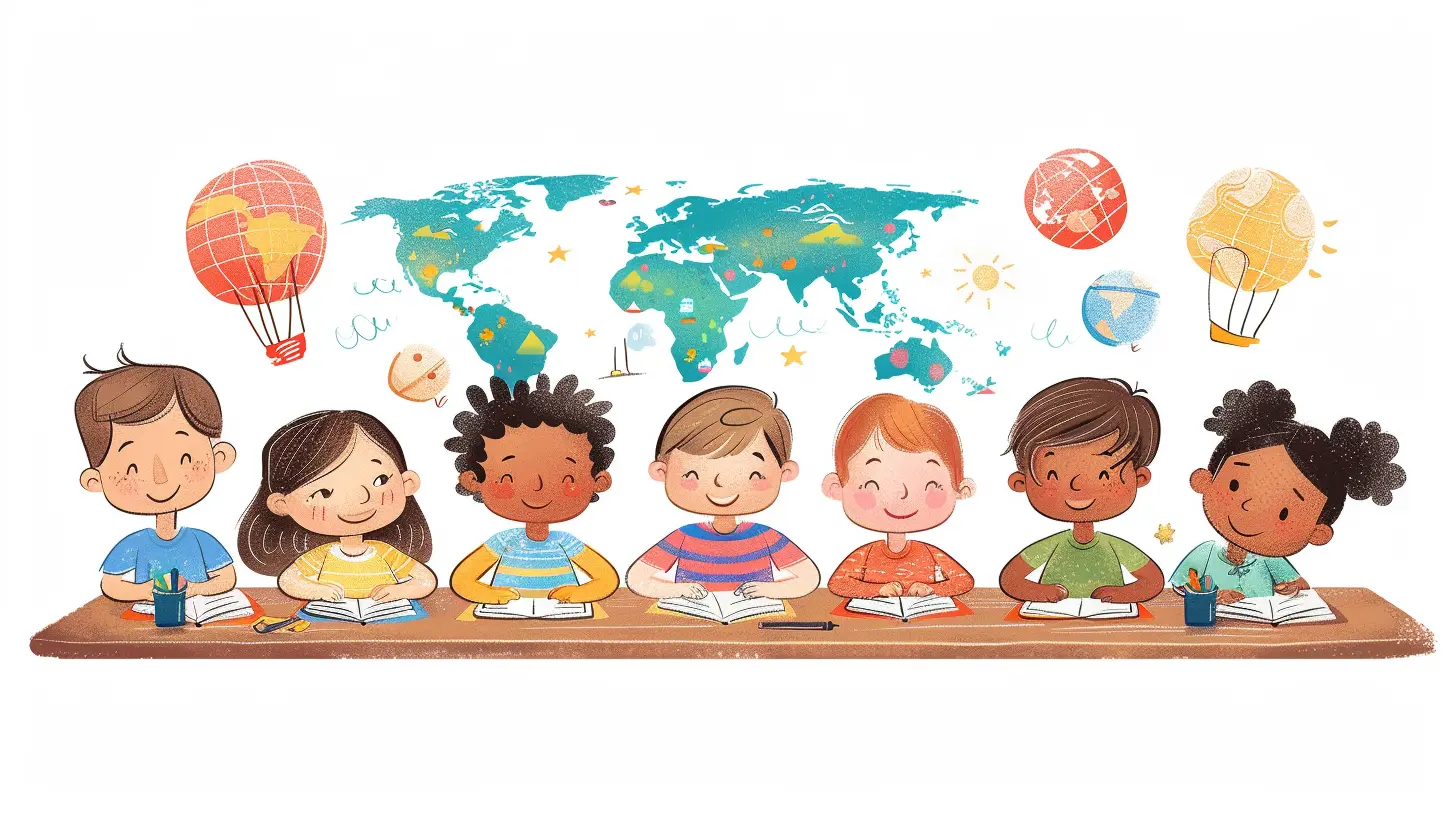Encouraging Collaboration Among Students in Multicultural Classrooms
17 June 2025
Introduction
Have you ever walked into a classroom and noticed students from different cultural backgrounds sitting apart, hesitant to engage with one another? It’s a common scenario in multicultural classrooms, where differences in language, traditions, and communication styles can create unintentional barriers.
But here’s the truth—diversity in the classroom is a powerful asset. It opens doors to new perspectives, fosters creativity, and prepares students for a globally connected world. The challenge? Encouraging collaboration among students so that every voice is heard, valued, and respected.
So, how do we bridge the gap and create an inclusive learning environment where students from different cultures work together seamlessly? This article dives into practical strategies to foster collaboration in multicultural classrooms while making learning an enriching and enjoyable experience for all.

Understanding the Challenges of Multicultural Classrooms
Before we discuss solutions, let’s understand the common challenges that come with diversity in classrooms.1. Language Barriers
Not all students may be fluent in the primary language of instruction. This can make communication difficult and sometimes lead to a lack of participation.2. Cultural Differences
Every culture has its own norms when it comes to communication, learning styles, and group dynamics. For example, in some cultures, students may hesitate to speak up because they are taught to respect authority and avoid confrontation.3. Stereotypes and Prejudices
Unconscious biases can lead to misunderstandings and even isolation among students. If these biases are not addressed, they can hinder healthy interactions and teamwork.4. Varying Educational Backgrounds
Students from different regions may have different academic experiences. Some may be more accustomed to group work, while others may prefer independent learning.Now that we’ve identified the hurdles, let’s explore how to overcome them and encourage meaningful collaboration.

Creating a Welcoming and Inclusive Environment
1. Set the Tone for Inclusion from Day One
The first few days of class set the foundation for the rest of the academic year. Teachers should promote a culture of acceptance and respect by encouraging students to share their backgrounds, traditions, and stories. A simple icebreaker activity where students introduce themselves and share something unique about their culture can help establish connections early on.2. Use Diverse Teaching Materials
Incorporate texts, videos, and assignments that reflect different cultures. When students see their backgrounds represented in the curriculum, they feel valued and included. This also introduces everyone to cultures they may not be familiar with, fostering mutual respect.3. Encourage Open Conversations on Cultural Differences
Rather than avoiding discussions about cultural differences, promote healthy conversations that allow students to ask questions and learn from one another. Address stereotypes and misconceptions in a constructive way so students gain a deeper understanding of their peers’ perspectives.
Strategies to Promote Collaboration in Multicultural Classrooms
Now that we have a welcoming environment, how do we ensure students actively collaborate and work together?1. Mix Up Group Work
Students naturally gravitate toward those who share similar backgrounds, but it’s important to mix things up. Assign diverse groups for projects and activities, ensuring that students from different cultures work together. Rotate groups regularly so that everyone gets the chance to collaborate with different classmates.2. Use Cooperative Learning Techniques
Cooperative learning strategies, such as the Jigsaw Method, help break complex topics into smaller, manageable pieces. In this method, each student in a group becomes an "expert" on a specific section of the material and then teaches it to their peers. This encourages interdependence and ensures that everyone contributes to the learning process.3. Encourage Peer Teaching
Sometimes, students learn best from their peers. Assign students as peer mentors to help others who may struggle with specific concepts. This not only builds confidence among students but also reinforces the idea that everyone has valuable knowledge to share.4. Leverage Technology for Collaboration
Digital tools like Google Docs, Padlet, or Trello allow students to work together on assignments in real-time, regardless of their language proficiency. These platforms provide an inclusive space where students can contribute at their own pace, ask questions, and exchange ideas.5. Gamify Group Activities
Who doesn’t love a little friendly competition? Gamifying classroom collaboration through team challenges, quizzes, and interactive simulations fosters teamwork in a fun, engaging way. Students work together to achieve a common goal, breaking down cultural barriers along the way.6. Encourage Storytelling and Personal Narratives
Encouraging students to share personal experiences or cultural traditions through storytelling helps build deeper connections. Assign projects where students create digital stories, write essays, or even present their traditions to the class. This fosters mutual respect and appreciation among classmates.7. Practice Conflict Resolution
With diversity comes different perspectives, which can sometimes lead to conflicts or misunderstandings. Teach students conflict resolution strategies, such as active listening, empathy, and compromise. Encourage an environment where conflicts are addressed respectfully rather than avoided.
The Role of Teachers in Encouraging Collaboration
Teachers play a crucial role in ensuring that collaboration thrives in a multicultural classroom. Here’s how educators can make a difference:1. Be a Role Model for Inclusivity
Teachers should set the example by treating every student with equal respect and encouraging participation from everyone. When students see this behavior modeled, they are more likely to follow suit.2. Provide Clear Expectations and Guidelines
When assigning group tasks, set clear expectations for collaboration. Let students know that all contributions are valuable and establish guidelines on how teamwork should function.3. Celebrate Cultural Diversity
Celebrate festivals from different cultures, highlight historical contributions from diverse backgrounds, and encourage students to take pride in their heritage. When students see their cultures valued in the classroom, they feel more connected to their peers.4. Offer Support for ESL Students
Language barriers shouldn’t prevent students from engaging fully. Provide additional resources for ESL (English as a Second Language) students, such as translated materials, visual aids, or pairing them with a supportive peer.5. Encourage Self-Reflection and Group Reflection
At the end of collaborative activities, allow students to reflect on what they learned, what challenges they faced, and how they worked through them. Ask open-ended questions such as:- What did you enjoy about working with your group?
- What challenges did you face, and how did you overcome them?
- What did you learn from your classmates' perspectives?
These reflections help students recognize the value of collaboration and make improvements for future interactions.
Final Thoughts
Encouraging collaboration among students in multicultural classrooms isn’t just about group work—it’s about fostering an environment where differences are embraced and respected. By creating inclusive spaces, utilizing diverse teaching methods, and equipping students with the skills to work together, teachers can help break down barriers and build a sense of unity.In the end, a multicultural classroom isn’t just a place of learning—it’s a microcosm of the global world that students will step into. By nurturing collaboration, we’re not just helping students succeed academically; we’re preparing them to thrive in a diverse and interconnected society.
all images in this post were generated using AI tools
Category:
Collaborative LearningAuthor:

Bethany Hudson
Discussion
rate this article
3 comments
Merida Lynch
Collaboration enriches learning in diverse classrooms.
June 22, 2025 at 3:45 AM

Bethany Hudson
Absolutely! Collaboration fosters understanding and appreciation of diverse perspectives, enhancing the overall learning experience for all students.
Lyanna Elliott
Embracing diversity fosters understanding and unity in classrooms.
June 19, 2025 at 3:54 AM

Bethany Hudson
Absolutely! Embracing diversity not only enhances understanding but also strengthens collaboration, creating a more inclusive and harmonious learning environment.
Juno Robinson
Great article! Encouraging collaboration in multicultural classrooms not only enhances learning but also fosters empathy and understanding among students. Embracing diverse perspectives enriches the educational experience and prepares students for a more inclusive world. Keep up the fantastic work!
June 18, 2025 at 3:49 AM

Bethany Hudson
Thank you for your insightful comment! I’m glad you found the article valuable in promoting collaboration and understanding in diverse classrooms.



